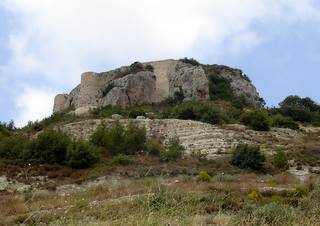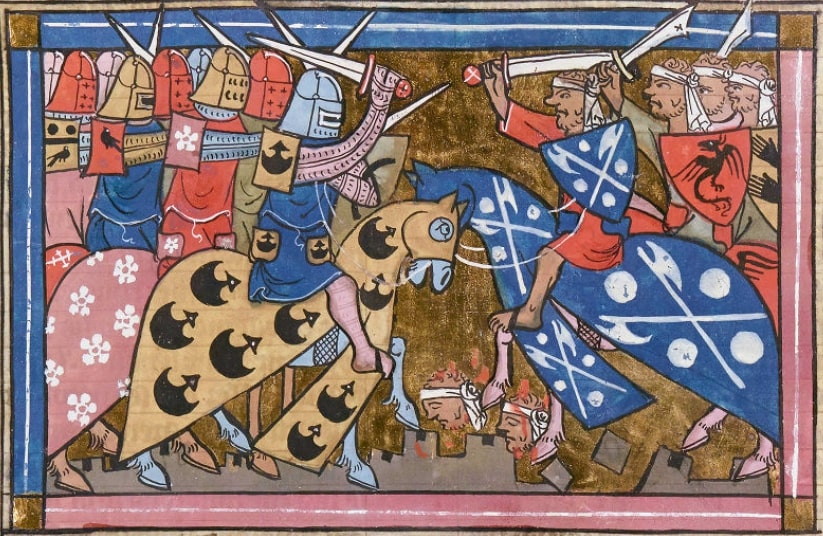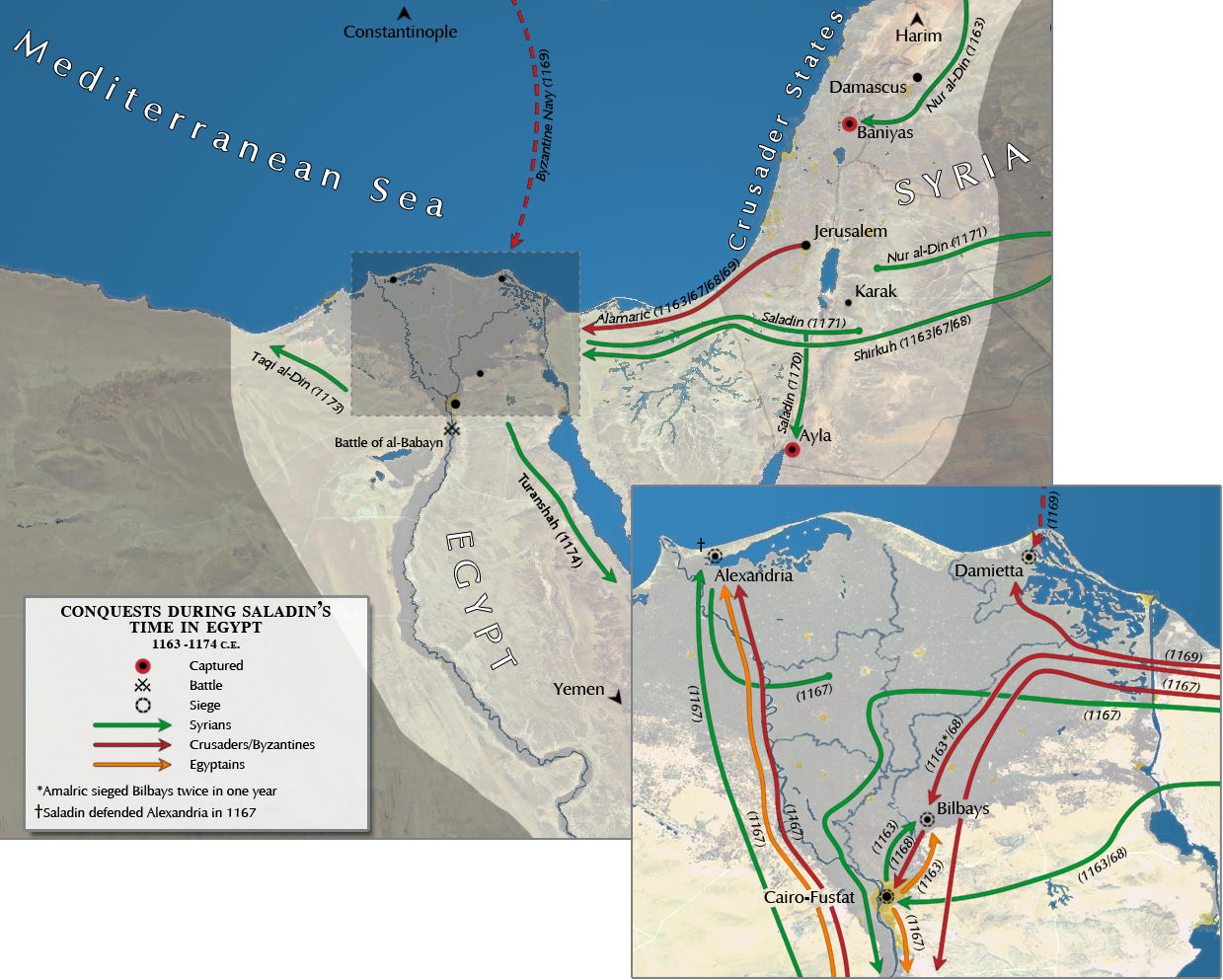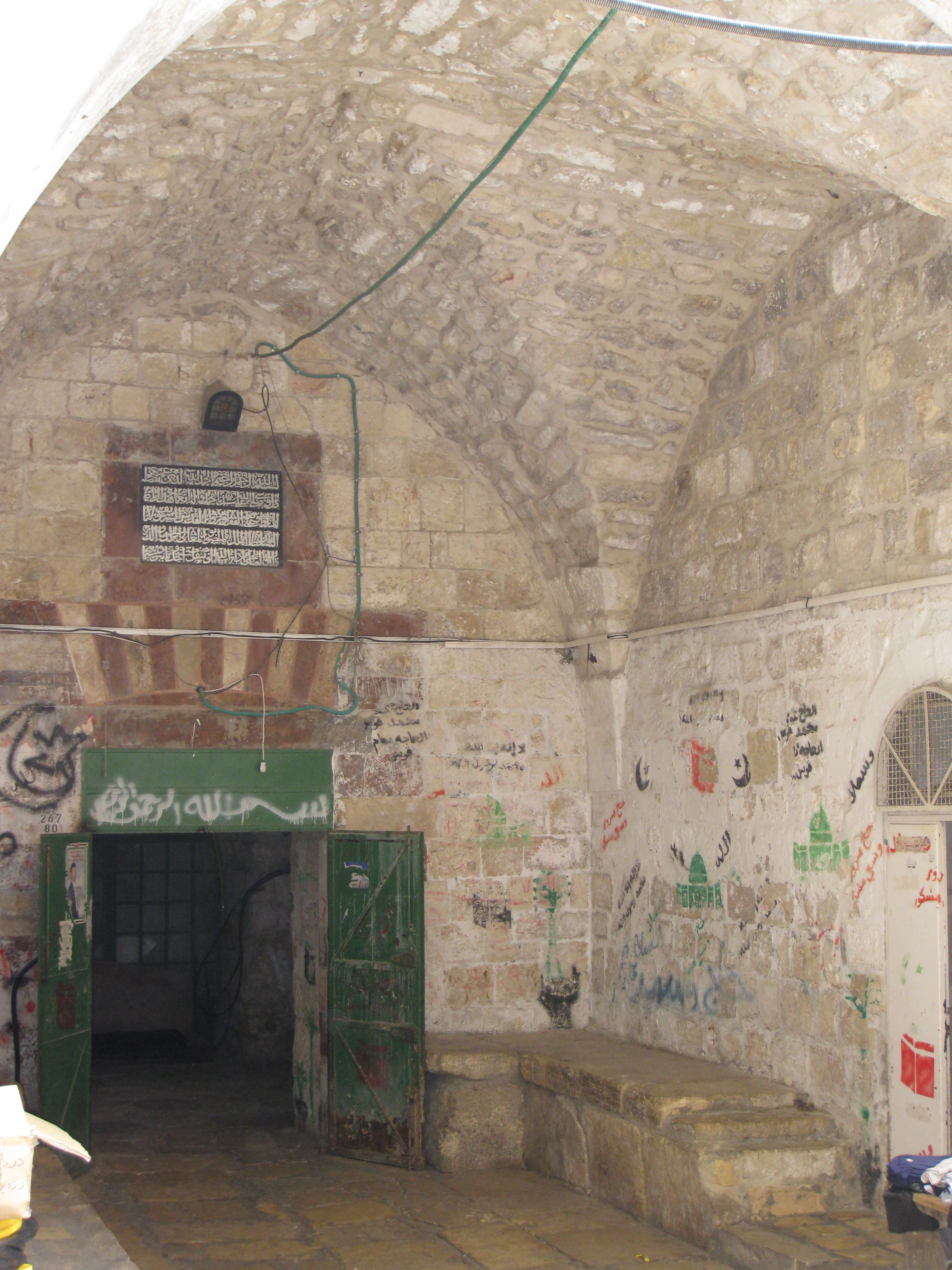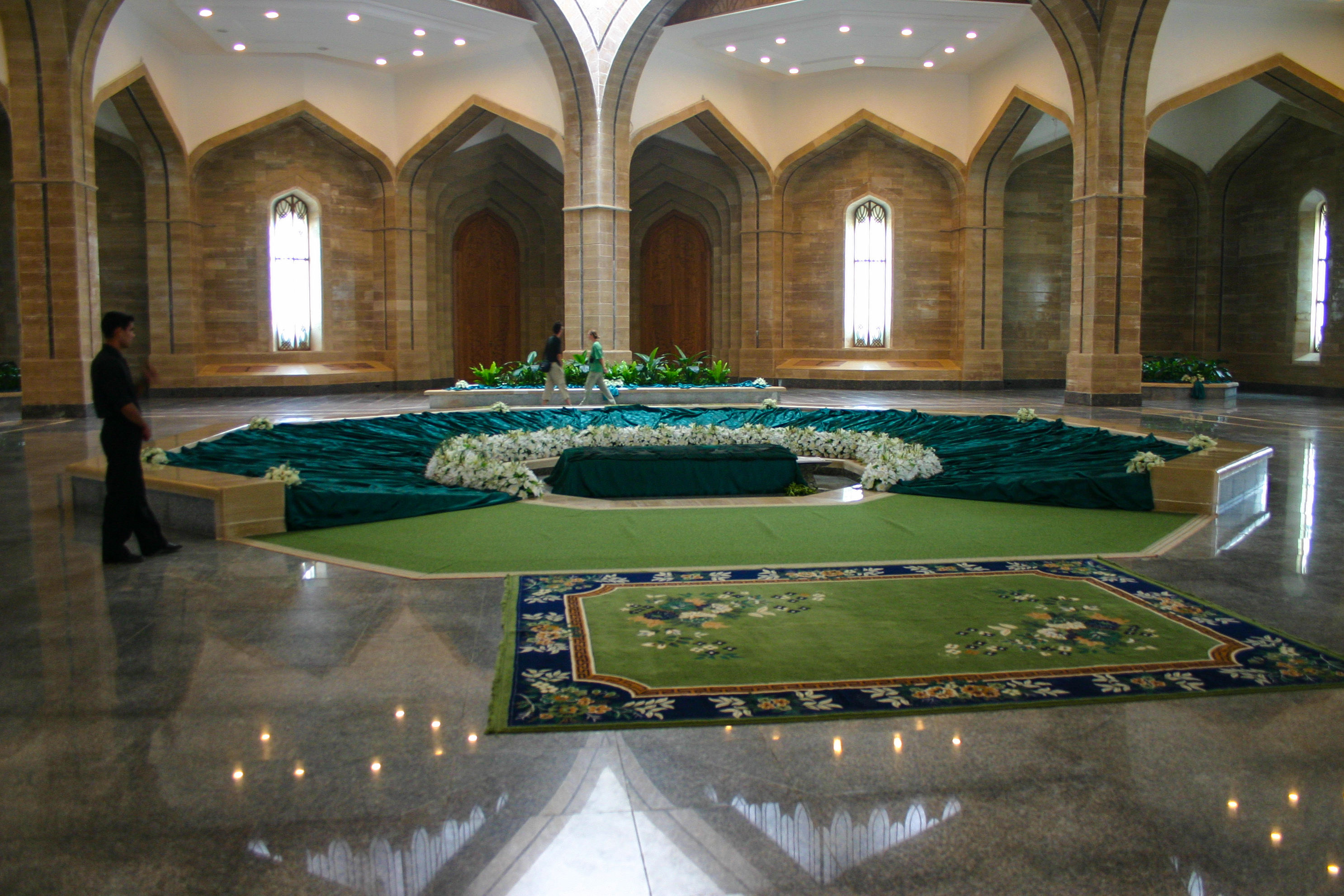|
Mahalibeh Castle
Mahalibeh castle ( ar, قلعة المهالبة), formerly known as Balatanos or Balatunus (name derived from the Latin ''Platanus''), is located on a high mountain summit near Lattakia, 40 km inland of the Syrian coast. History The castle was built in the 11th century by the Bani Alahmar tribe. In 1031, it was occupied by Niketas of Mistheia of the Byzantine empire. In 1118, it was occupied by Crusaders, led by Roger of Salerno. The castle suffered many fights and damages, and finally surrendered to Saladdin in 1188, namely to his son Alzaher Alghazi in 1194. In 1269, it was restored by Baibars. In 1280, it was under the control of Sunqur al-Ashqar, before being retaken by Qalawun in 1285. In 1408, a strong earthquake considerably damaged the castle, and it was abandoned. The castle is damaged totally but it is being restored now. The outer walls surround the bulk massive of the castle. There are cisterns, underground rooms, and remnants of premises in the middle, ... [...More Info...] [...Related Items...] OR: [Wikipedia] [Google] [Baidu] |
Lattakia
Latakia or Lattakia ( ar, ٱللَّاذْقِيَّة/ ٱللَّاذِقِيَّة, '; Syrian Arabic, Syrian pronunciation: ) is the principal port city of Syria and capital city of the Latakia Governorate located on the Mediterranean coast. Historically, it has also been known as Laodicea in Syria or Laodicea ad Mare. In addition to serving as a port, the city is a significant manufacturing center for surrounding agricultural towns and villages. According to the 2004 official census, the population of the city is 383,786,City population size reported at and similarly reported bCityPopulation.de however its population greatly increased as a result of the ongoing Syrian Civil War, which led to an influx of refugees from rebel held areas. It is the List of cities in Syria, 4th-largest city in Syria after Aleppo, Damascus, and Homs. It borders Tartus to the south, Hama to the east, and Idlib to the north, and Cape Apostolos Andreas, the north-eastern tip of Cyprus, is about away. ... [...More Info...] [...Related Items...] OR: [Wikipedia] [Google] [Baidu] |
Niketas Of Mistheia
Niketas of Mistheia was a Byzantine official, originally from Mistheia, and '' doux'' of Antioch (1030–1032). He was an eunuch who held the titles of ''patrikios'' and '' rhaiktor''. Career In 1030, Byzantine Emperor Romanos III Argyros appointed Niketas as ''katepano'' of Antioch, following the Battle of Azaz against the Mirdasid dynasty. Later on, he managed to force a coalition of Arab tribes led by Nasr ibn Musharraf al-Rawadifi to withdraw from besieging Maraclea. He then sacked 'Irqa and destroyed the village of Kurin. In December of the same year, the Byzantine generals Niketas of Mistheia and Symeon the '' protovestiarios'' besieged and captured Azaz, and burned Tubbal. In 1031, he took Balatunus from Banu al-Ahmar, some forts from Banu Ghannaj and Ibn al-Kashih, but failed to seize the fortress of Maniqa, as al-Rawadifi managed to burn their siege equipment. However, he re-sacked 'Irqa, taking many prisoners and cattle. He later organized another campaign to re ... [...More Info...] [...Related Items...] OR: [Wikipedia] [Google] [Baidu] |
Byzantine
The Byzantine Empire, also referred to as the Eastern Roman Empire or Byzantium, was the continuation of the Roman Empire primarily in its eastern provinces during Late Antiquity and the Middle Ages, when its capital city was Constantinople. It survived the fragmentation and fall of the Western Roman Empire in the 5th century AD and continued to exist for an additional thousand years until the fall of Constantinople to the Ottoman Empire in 1453. During most of its existence, the empire remained the most powerful economic, cultural, and military force in Europe. The terms "Byzantine Empire" and "Eastern Roman Empire" were coined after the end of the realm; its citizens continued to refer to their empire as the Roman Empire, and to themselves as Romans—a term which Greeks continued to use for themselves into Ottoman times. Although the Roman state continued and its traditions were maintained, modern historians prefer to differentiate the Byzantine Empire from Ancient R ... [...More Info...] [...Related Items...] OR: [Wikipedia] [Google] [Baidu] |
Crusaders
The Crusades were a series of religious wars initiated, supported, and sometimes directed by the Latin Church in the medieval period. The best known of these Crusades are those to the Holy Land in the period between 1095 and 1291 that were intended to recover Jerusalem and its surrounding area from Islamic rule. Beginning with the First Crusade, which resulted in the recovery of Jerusalem in 1099, dozens of Crusades were fought, providing a focal point of European history for centuries. In 1095, Pope Urban II proclaimed the First Crusade at the Council of Clermont. He encouraged military support for Byzantine emperor AlexiosI against the Seljuk Turks and called for an armed pilgrimage to Jerusalem. Across all social strata in western Europe, there was an enthusiastic response. The first Crusaders had a variety of motivations, including religious salvation, satisfying feudal obligations, opportunities for renown, and economic or political advantage. Later crusades were ... [...More Info...] [...Related Items...] OR: [Wikipedia] [Google] [Baidu] |
Roger Of Salerno
Roger of Salerno (or Roger of the Principate) (died June 28, 1119) was regent of the Principality of Antioch from 1112 to 1119. He was the son of Richard of the Principate and the 2nd cousin of Tancred, Prince of Galilee, both participants on the First Crusade. He became regent of Antioch when Tancred died in 1112; the actual prince, Bohemund II, was still a child. Like Tancred, Roger was almost constantly at war with the nearby Muslim states such as Aleppo. In 1114 there was an earthquake that destroyed many of the fortifications of the principality, and Roger took great care to rebuild them, especially those near the frontier. Roger defeated Bursuq ibn Bursuq in 1115 at the Battle of Tell Danith. With Joscelin I of Edessa, Roger put enough military pressure on Aleppo that the city allied with Ortoqid emir Ilghazi in 1118. Ilghazi invaded the Principality in 1119, and despite the urging of the Patriarch, Roger did not wait for reinforcements from Jerusalem or Tripoli. At the ... [...More Info...] [...Related Items...] OR: [Wikipedia] [Google] [Baidu] |
Saladdin
Yusuf ibn Ayyub ibn Shadi () ( – 4 March 1193), commonly known by the epithet Saladin,, ; ku, سهلاحهدین, ; was the founder of the Ayyubid dynasty. Hailing from an ethnic Kurdish family, he was the first of both Egypt and Syria. An important figure of the Third Crusade, he spearheaded the Muslim military effort against the Crusader states in the Levant. At the height of his power, Ayyubid territorial control spanned Egypt, Syria, Upper Mesopotamia, the Hejaz, Yemen, the Maghreb, and Nubia. Alongside his uncle Shirkuh, a military general of the Zengid dynasty, Saladin was sent to Egypt under the Fatimid Caliphate in 1164, on the orders of Nur ad-Din. With their original purpose being to help restore Shawar as the to the teenage Fatimid caliph al-Adid, a power struggle ensued between Shirkuh and Shawar after the latter was reinstated. Saladin, meanwhile, climbed the ranks of the Fatimid government by virtue of his military successes against Crusader assa ... [...More Info...] [...Related Items...] OR: [Wikipedia] [Google] [Baidu] |
Alzaher Alghazi
Al-Malik az-Zahir Ghiyath ud-din Ghazi ibn Yusuf ibn Ayyub (commonly known as az-Zahir Ghazi; 1172 – 8 October 1216) was the Ayyubid emir of Aleppo between 1186 and 1216.Cawley, Charles (2007) "Rulers of Aleppo, Damascus, Hamah, Homs, Khelat (Ayubids)" ''Medieval Lands Project'' accessed 27 December 2008 He was the third son of and his lands included northern Syria and a small part of . ... [...More Info...] [...Related Items...] OR: [Wikipedia] [Google] [Baidu] |
Baibars
Al-Malik al-Zahir Rukn al-Din Baybars al-Bunduqdari ( ar, الملك الظاهر ركن الدين بيبرس البندقداري, ''al-Malik al-Ẓāhir Rukn al-Dīn Baybars al-Bunduqdārī'') (1223/1228 – 1 July 1277), of Turkic Kipchak origin, commonly known as Baibars or Baybars ( ar, بيبرس, ''Baybars'') – nicknamed Abu al-Futuh (; English: ''Father of Conquests'', referring to his victories) – was the fourth Mamluk sultan of Egypt and Syria in the Bahri dynasty, succeeding Qutuz. He was one of the commanders of the Egyptian forces that inflicted a defeat on the Seventh Crusade of King Louis IX of France. He also led the vanguard of the Egyptian army at the Battle of Ain Jalut in 1260, which marked the first substantial defeat of the Mongol army and is considered a turning point in history. The reign of Baybars marked the start of an age of Mamluk dominance in the Eastern Mediterranean and solidified the durability of their military system. He managed to pa ... [...More Info...] [...Related Items...] OR: [Wikipedia] [Google] [Baidu] |
Sunqur Al-Ashqar
Shams al-Din Sunqur al-Ashqar al-Salihi ( ar, شمس الدين سنقر الأشقر الصالحي) was the Mamluk viceroy of Damascus in 1279–1280, who attempted to rule Syria independently, in a rebellion against the Egypt-based sultan Qalawun (). While the rebellion in Damascus was quashed in 1280, Sunqur ensconced himself in the Sahyun Castle in the coastal mountains of northern Syria. He joined Qalawun in the successful defense of Syria against the Ilkhanid Mongols at the Battle of Homs in 1281. He remained in a state of peaceful relations with the sultan, despite ruling his coastal principality independently. Sunqur's rule came to an end with the capture of Sahyun by Qalawun's deputy Turuntay in 1287. Sunqur returned to Cairo, where he was given the highest military ranks and considerable honors and benefits by Qalawun. The latter's son and successor, al-Ashraf Khalil () imprisoned Sunqur and had him executed in 1293 for defying his orders to hand over part of the wea ... [...More Info...] [...Related Items...] OR: [Wikipedia] [Google] [Baidu] |
Qalawun
( ar, قلاوون الصالحي, – November 10, 1290) was the seventh Bahri Mamluk sultan; he ruled Egypt from 1279 to 1290. He was called (, "Qalāwūn the Victorious"). Biography and rise to power Qalawun was a Kipchak, ancient Turkic people that have since been absorbed into modern Kazakh people, from the Burj Oghlu tribe, who became a mamluk (slave soldier) in the 1240s after being sold to a member of Sultan al-Kamil's household. Qalawun was known as ''al-Alfī'' ("the Thousander"), because as-Salih Ayyub bought him for a thousand dinars of gold. Qalawun initially barely spoke Arabic, but he rose in power and influence and became an emir under Sultan Baibars, whose son, al-Said Barakah, was married to Qalawun's daughter. Baibars died in 1277 and was succeeded by Barakah. In early 1279, as Barakah and Qalawun invaded the Armenian Kingdom of Cilicia, there was a revolt in Egypt that forced Barakah to abdicate upon his return home. He was succeeded by his brother Sola ... [...More Info...] [...Related Items...] OR: [Wikipedia] [Google] [Baidu] |
Qardaha
Qardaha ( ar, القَرْدَاحَة / ALA-LC: ''Qardāḥah'') is a town in northwestern Syria, in the mountains overlooking the coastal town of Latakia. Nearby localities include Kilmakho to the west, Bustan al-Basha to the southwest, Harf al-Musaytirah to the southeast and Muzayraa to the north. According to the Syrian Central Bureau of Statistics, Qardaha had a population of 8,671 in 2004.General Census of Population and Housing 2004 Syrian Central Bureau of Statistics (CBS). Latakia Governorate. It has a predominantly |
